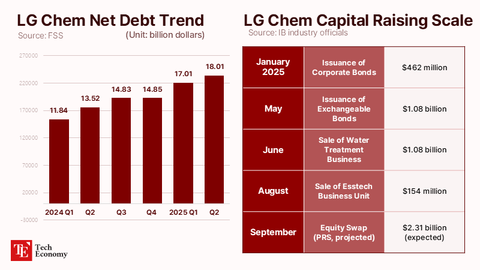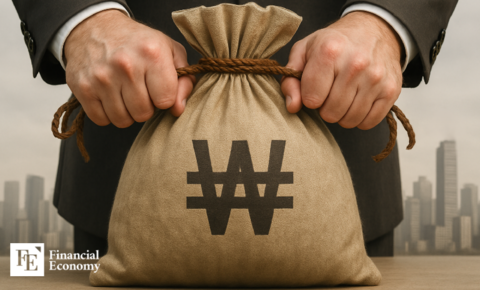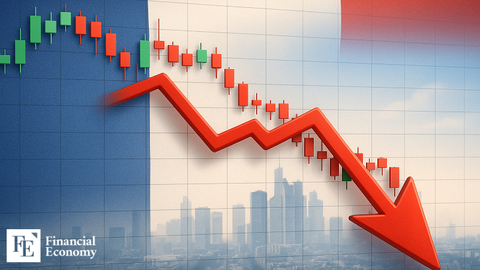“Stop Deflation”: Chinese Government Ramps Up Domestic Stimulus Efforts
Input
Modified
Local Governments Across China Roll Out Consumer Stimulus Measures Central Government Unveils Chinese-Style ‘Income-Led Growth’ Strategy Extraordinary Measures Aimed at Countering Deflation Risk
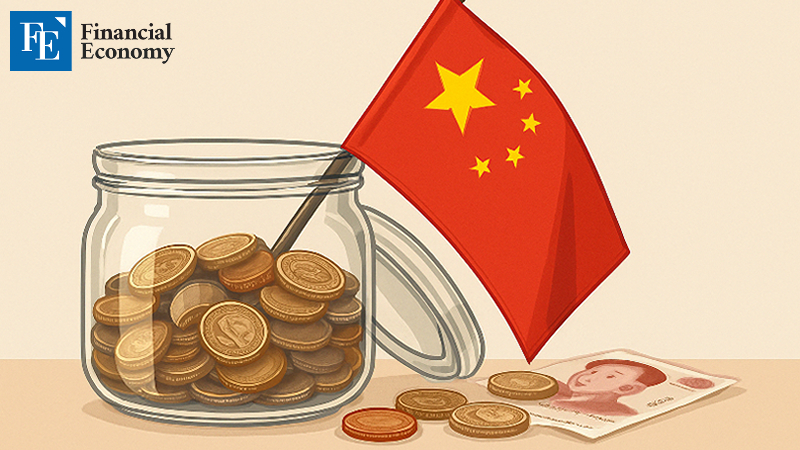
The Chinese government is stepping up efforts to stimulate domestic demand as deflationary pressures mount across the economy. With signs of a deepening slowdown, both central and local governments are taking aggressive steps to boost consumer spending. In particular, the central government has unveiled a consumption stimulus plan focused on income growth, signaling an all-out push to reinvigorate the economy through increased household purchasing power and targeted fiscal support.
China’s Push to Revitalize Domestic Demand
On April 14 (Korea time), the South China Morning Post (SCMP) reported that China’s central and local governments are launching a wave of consumer stimulus policies in a full-scale effort to counter economic stagnation. A notable example is Hainan Province, which opened the China International Consumer Products Expo that day—the Asia-Pacific region's largest premium consumer goods exhibition, with over 4,100 brands from more than 70 countries.
Hainan is also implementing a multi-year fiscal stimulus, committing over 10 billion yuan (~$1.4 billion) through 2027 to support low-interest consumer loans and boost spending. Similarly, Sichuan Province announced earlier this month that it will subsidize consumer loans for big-ticket items such as cars, electronics, furniture, and home appliances. Between April and September, residents who shop at physical stores can apply for up to two loans per person for eligible items.
Central Government Focuses on ‘Income Growth’ Strategy
At the National People’s Congress last month, Beijing set a 2024 GDP growth target of around 5% and raised its fiscal deficit ratio by one percentage point, signaling greater government spending to stimulate domestic demand. On March 17, authorities also unveiled a “Special Action Plan for Consumer Promotion” spanning 8 categories and 30 measures, including: increasing urban and rural incomes; expanding consumption support; promoting services; upgrading car and home appliance purchases; improving the consumption environment; streamlining regulations; and enhancing policy support
Markets have taken note that the core of the action plan centers on boosting household income. The government aims to: support employment in key sectors and SMEs; expand rural infrastructure projects to increase hiring; enact reasonable minimum wage hikes; and strengthen unemployment insurance refund policies
To broaden household wealth channels, Beijing will inject long-term institutional capital into the stock market—including from commercial insurers, the National Social Security Fund, basic pension funds, and corporate pension funds—to stabilize equities. It also plans to diversify bond products suited to retail investors.
Additionally, the government will encourage rural households to leverage real estate—which accounts for 70% of household assets in China—through rental, equity-sharing, and joint development models. It also aims to adjust housing-related tax policies to stabilize the property market while increasing rural income.
Experts have drawn parallels between China’s plan and South Korea’s “income-led growth” policy under former President Moon Jae-in. One market analyst stated, “That policy was widely viewed as a failure in Korea—I don’t see why it would succeed in China,” adding that rising wages beyond productivity levels will inevitably erode competitiveness, especially in China’s price-driven export model.
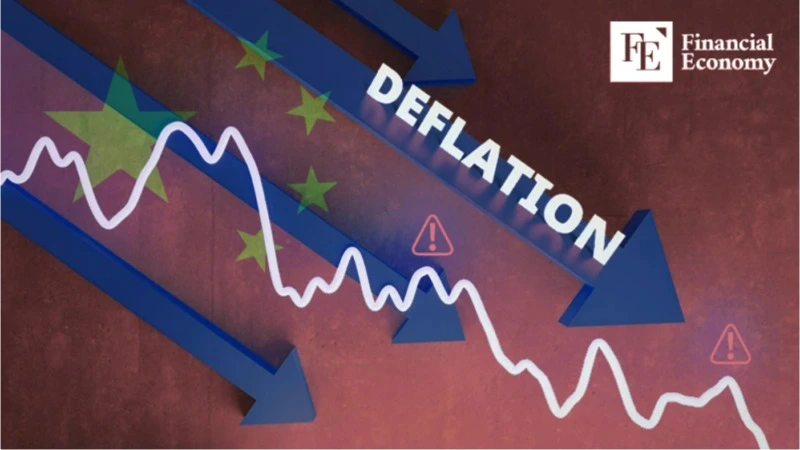
China’s Economy Faces Mounting Downward Pressure
Despite the risks, Beijing is pushing ahead with domestic stimulus as the economy faces deflationary pressure. According to the National Bureau of Statistics, China’s February Consumer Price Index (CPI) fell 0.7% year-on-year, steeper than Bloomberg’s consensus forecast of -0.4%. Falling prices undermine consumer confidence, squeeze corporate profits, and risk a cycle of wage cuts and job losses.
With domestic consumption still weak, pessimism is mounting. On April 14, Bloomberg reported that Goldman Sachs strategists warned clients that escalating U.S.–China trade tensions fuel fears of a global recession, alongside broader decoupling in capital markets, technology, and geopolitics.
As a result, Goldman revised its 12-month target for the MSCI China Index from 81 to 75—the second such downgrade this month. It also lowered its forecast for the CSI 300 Index, a benchmark for Shanghai and Shenzhen’s top firms, from 4,500 to 4,300.

